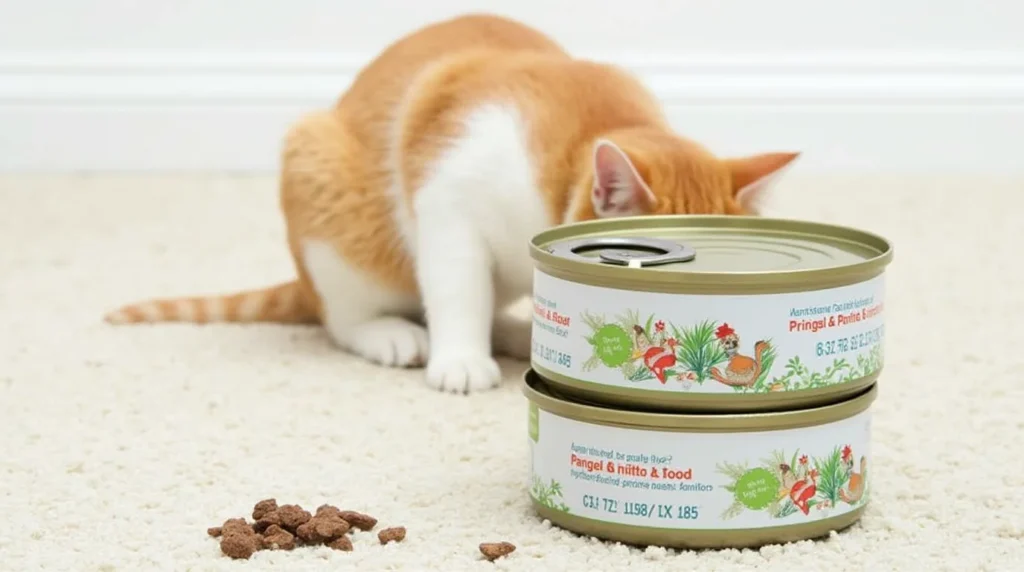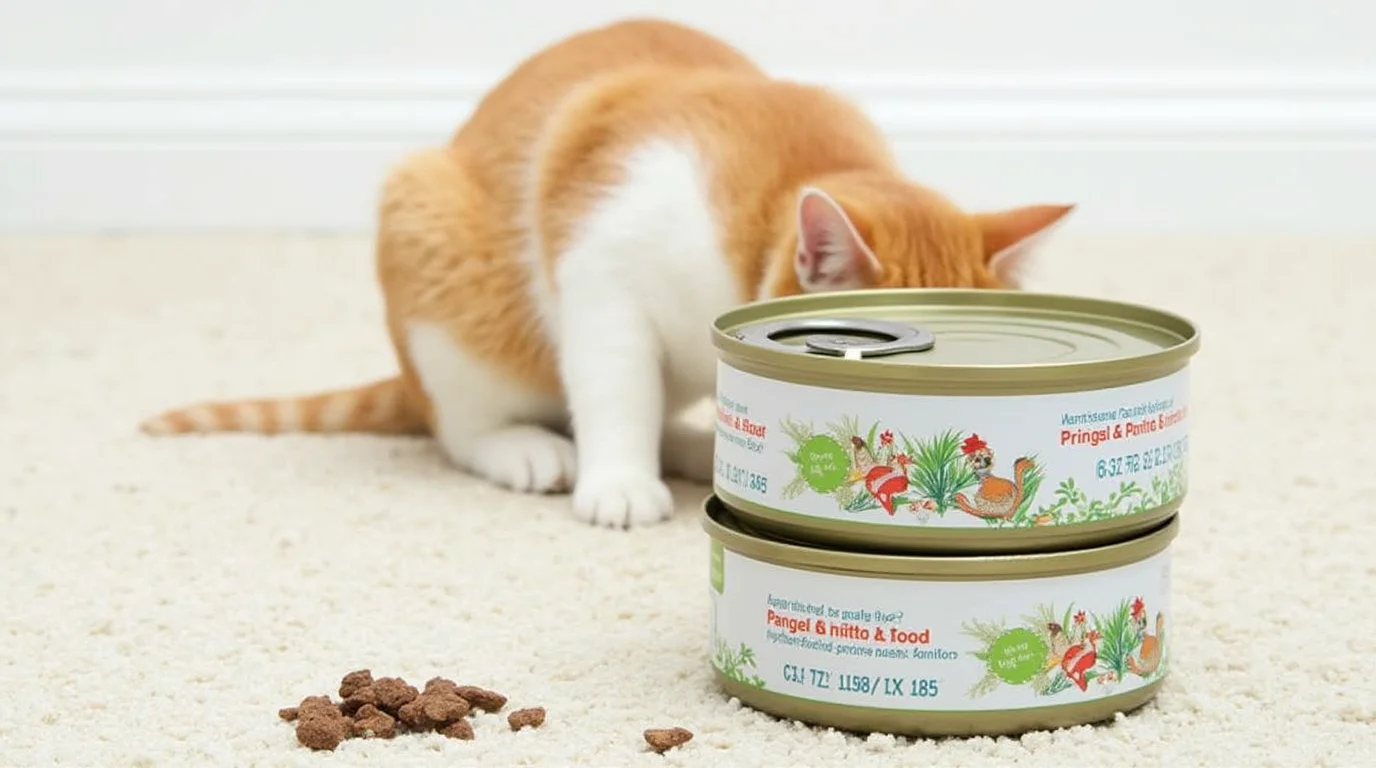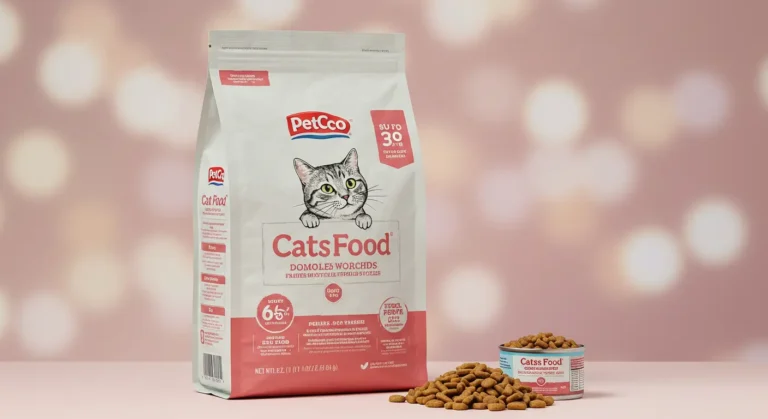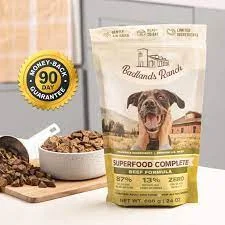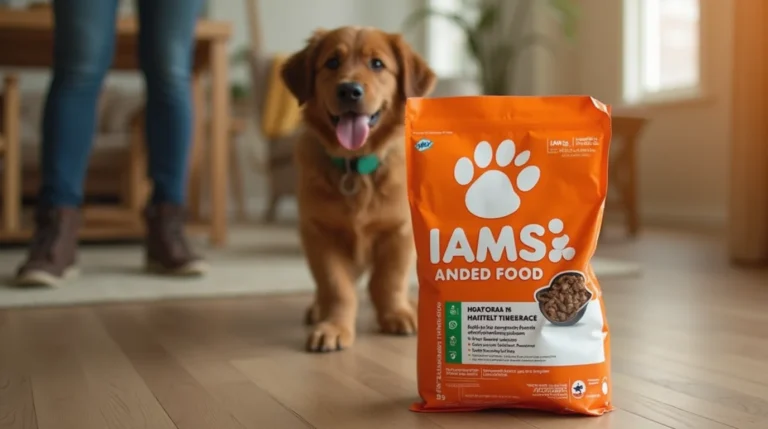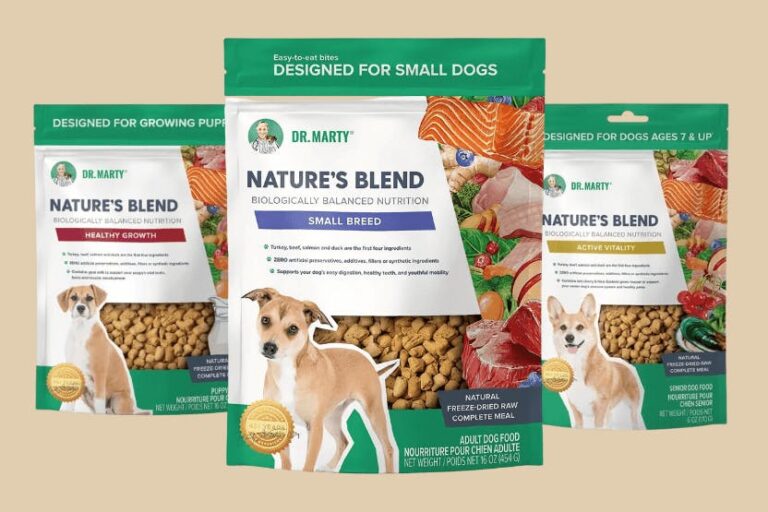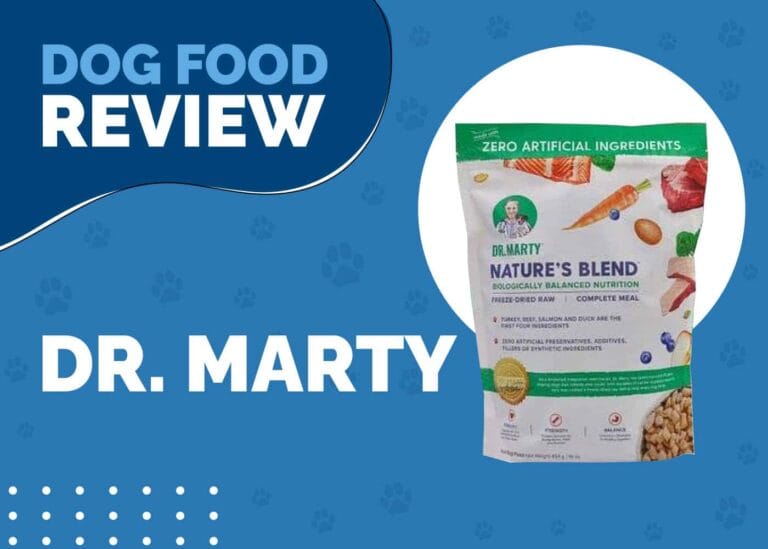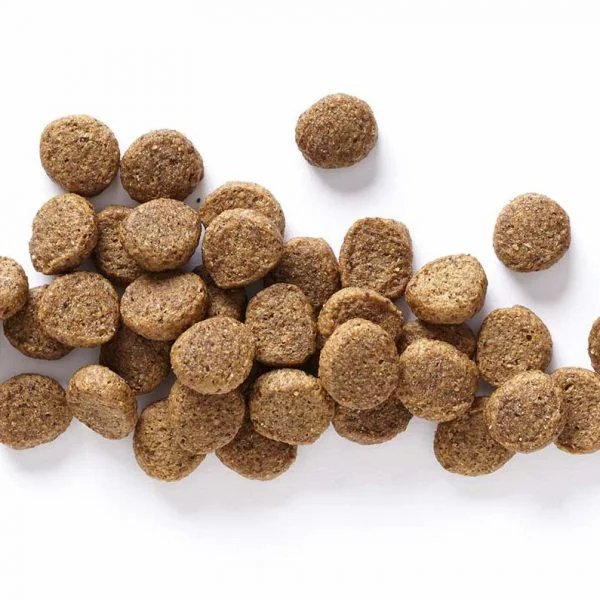Cats are obligate carnivores, meaning their diet must primarily consist of meat. One of the most popular food options for felines is canned food. But is it the best choice?
This guide will cover what you need to know about cat can food. We will discuss its benefits, drawbacks, ingredients, and how to pick the best option for your furry friend.
What Is Cat Can Food?
Cat can food, commonly known as wet cat food, is a type of pet food packaged in cans or pouches. It contains a high moisture content and typically consists of meat, vitamins, and essential nutrients. The formulation provides a balanced diet that meets a cat’s nutritional needs.
Advantages of Cat Can Food
Many cat owners prefer canned food because of its numerous benefits. Below are some of the main advantages:
1. High Moisture Content
Canned cat food contains about 70-80% water, making it an excellent choice for hydration. Cats naturally have a low thirst drive, so wet food helps prevent dehydration and urinary tract issues.
2. Rich in Protein
Most cat can food is packed with high-quality animal protein, essential for muscle growth, energy, and overall health.
3. Easy to Digest
Wet food is softer and easier for cats to chew. This makes it a good choice for kittens, older cats, and those with dental issues.
4. More Palatable
Many cats like the taste and feel of wet food more than dry kibble. This can help picky eaters eat a balanced diet.
5. Lower in Carbohydrates
Canned cat food is usually low in carbohydrates. This is good because cats do not need many carbs in their diet.
6. Weight Management
Because of its high moisture content and balanced nutrition, cat can food can help maintain a healthy weight by making cats feel fuller with fewer calories.
Disadvantages of Cat Can Food
Despite its benefits, canned cat food has some drawbacks that pet owners should consider:
1. Higher Cost
Canned food is generally more expensive than dry kibble. Feeding a cat exclusively on wet food may be costly for pet owners with multiple cats.
2. Shorter Shelf Life Once Opened
You should refrigerate canned food after opening. You should use it within a few days. This can be inconvenient compared to dry food.
3. Can Cause Dental Issues
Wet food does not provide the same dental benefits as dry kibble, which helps scrape plaque and tartar from a cat’s teeth. Cats on a canned food diet may need additional dental care.
4. Messier to Serve
Canned cat food can be messier to serve and clean up than dry food. This is especially true if your cat is a messy eater.
5. Storage Limitations
Buying in bulk needs enough storage space. Once you open a can, keep it in the refrigerator to avoid spoilage.
How to Choose the Best Cat Can Food
Selecting the right canned food for your cat is essential to ensure they receive proper nutrition. Here are key factors to consider:
1. Check the Ingredients
Look for high-quality animal protein as the first ingredient, such as chicken, turkey, fish, or beef. Avoid fillers like corn, soy, and artificial additives.
2. Consider Your Cat’s Age and Health
Kittens, adults, and senior cats have different nutritional needs. Some cats may also require special diets for health conditions like kidney disease or allergies.
3. Look for Essential Nutrients
Taurine, omega fatty acids, vitamins, and minerals are crucial for your cat’s overall health. Make sure the food meets the standards set by the Association of American Feed Control Officials (AAFCO).
4. Choose the Right Texture
Canned food comes in various textures, including pâté, chunks in gravy, and shredded. Some cats have preferences, so finding the right type can improve mealtime satisfaction.
5. Check for Recalls and Brand Reputation
Research the brand’s reputation and check if there have been any recalls. Opt for trusted brands with high-quality manufacturing standards.
Cat Can Food vs. Dry Food: Which Is Better?
No one-size-fits-all answer exists, as both wet and dry food have their advantages. Here’s a quick comparison:
| Feature | Cat Can Food | Dry Cat Food |
|---|---|---|
| Moisture Content | High (70-80%) | Low (10%) |
| Protein Quality | Higher | Lower |
| Dental Benefits | Limited | Helps clean teeth |
| Cost | More expensive | More affordable |
| Convenience | Requires refrigeration | Easier to store |
| Shelf Life | Short once opened | Long |
A combination of both wet and dry food can offer the best of both worlds. Speak with your veterinarian to determine the best diet for your cat.
How to Transition Your Cat to Canned Food
If your cat is used to eating dry food, transitioning to wet food should be done gradually to avoid digestive upset.
- Mix Small Amounts – Start by mixing a small amount of wet food with their regular dry food.
- Gradually Increase Wet Food – Over several days, increase the wet food portion while decreasing the dry food.
- Be Patient – Some cats take time to adjust to new textures and flavors. If they refuse at first, try different brands or textures.
- Monitor Your Cat’s Health – Watch for any signs of allergies or digestive issues and consult your vet if needed.
Final Thoughts
Cat can food offers numerous benefits, including hydration, high protein content, and better digestion. However, it also has some downsides, such as cost and the need for refrigeration. Every cat is unique, so the best choice depends on your cat’s dietary needs, preferences, and your budget.
By knowing the pros and cons of cat canned food, you can make a smart choice. This keeps your cat happy and healthy. Always consult with your veterinarian before making significant changes to your cat’s diet.
Cat can food
